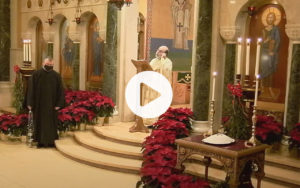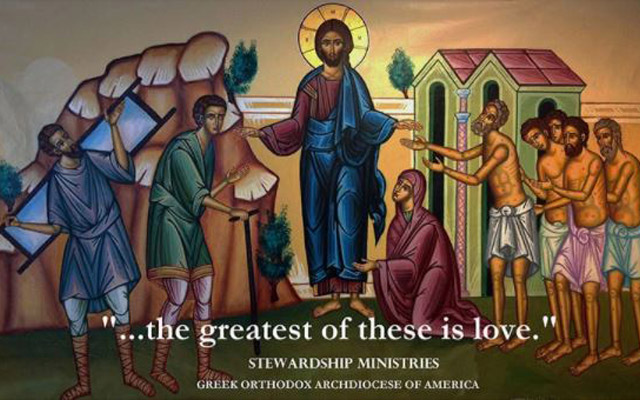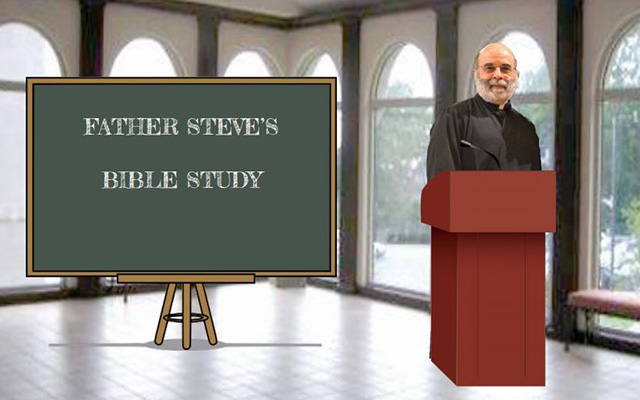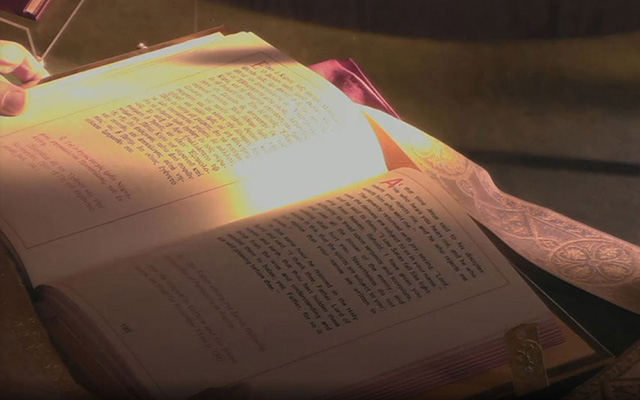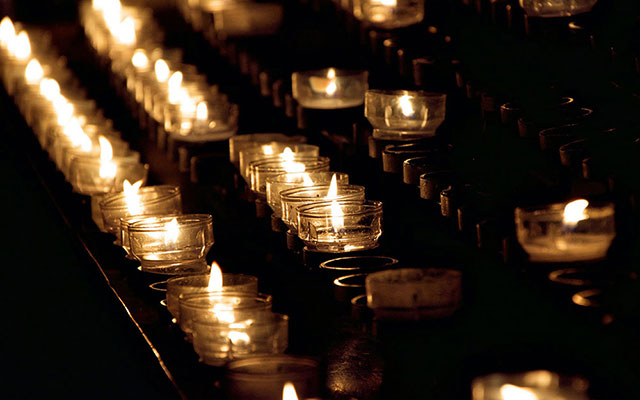The Twenty-Seventh Day of Christmas Advent: Descent is Ascent
Sermon preached by Fr. Antony Hughes on Sunday, September 8, 2019 at St. Mary Orthodox Church There are a number of characteristics that mark Christian spirituality. One of them is this: The Christian path is a first a way of descent. Most other spiritual traditions are about making an ascent. To be sure, St. Paul writes about ascending “from glory to glory.” But first there must be a descent, for example, from the mind to


